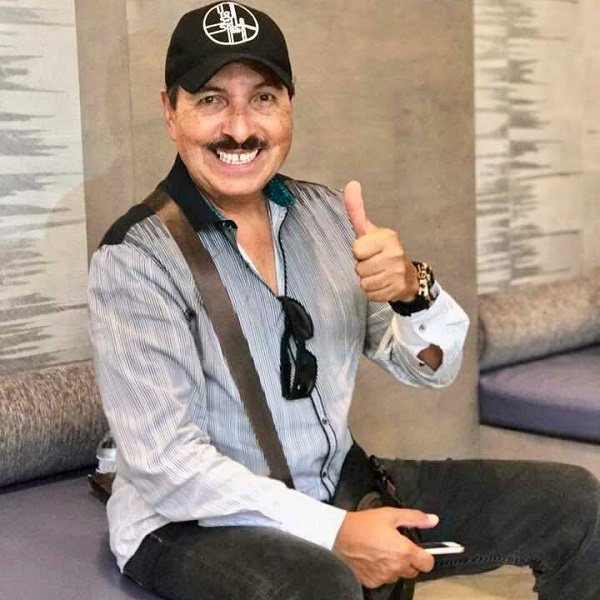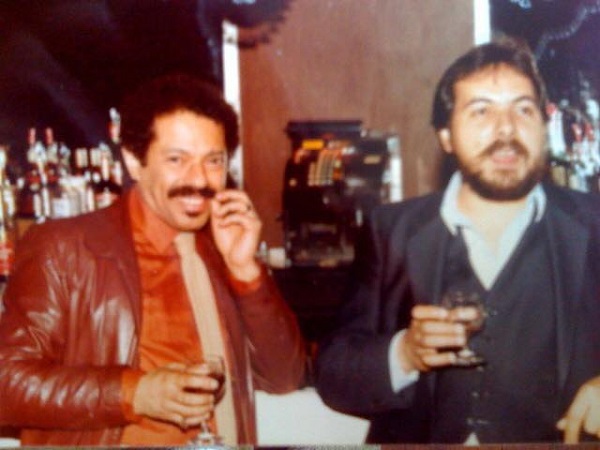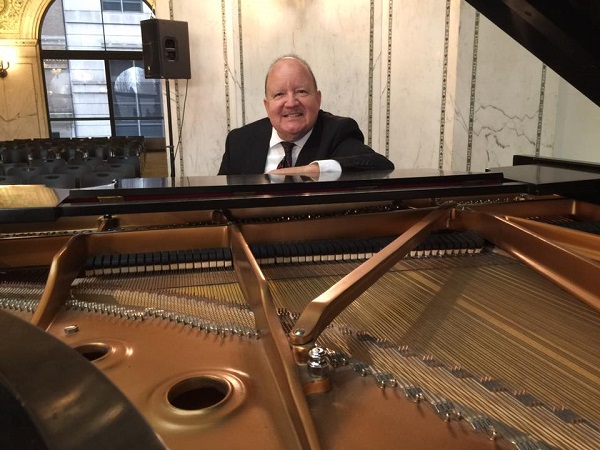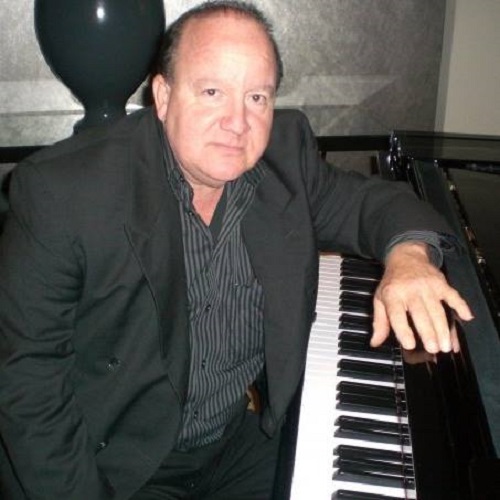Latin America / Colombia / Bogota
GUAPA
In Bogotá, Colombia is and formed the musical group GUAPA. Its name is due to the talented and handsome beauty singing the good salsa of the members: Claudia, Evelin, Kathe, Astrid, who are accompanied by ten professional musicians who undoubtedly support them with strength and energy, in order to provide a good show to your viewers.

Javier Ortega, Musical Director of GUAPA, with a great career in groups such as Grupo Niche, Willie Colón, Yuri Buenaventura, Grupo Gale among others, confirms the success of the group’s staging.
They started in 2013, with Claudia Burbano, a singer and representative, under the direction of maestro Javier Ortega, former member of the Niche group, Yuri Buenaventura, Grupo Galé and currently with Willie Colón, who are the creators of this great group: GUAPA Orquesta .two
His first single was a cover of Amanda Miguel, “Asi No Te Amará Jamás”, starting his success; opening the doors internationally and at the end of that year, they recorded their first live DVD, with the songs “No Renunciaré” and “Salsa Guapa”, an unpublished song, authored by the teacher Javier Ortega who represents the group, making known the swing and talent of these beautiful representatives of the female salsa genre in different media and countries such as Mexico, Peru, Venezuela and the United States.
In 2014, they released a new single with the participation of the great salsa singer Gustavo Rodríguez, during the holiday season, called “Christmas Arrived”, authored by Javier Ortega, being highly requested. Then in 2015 a new proposal arose, a new theme, “You are Talking About Me”, authored by the great master Hansel Camacho, who was widely listened to and liked by the public in unexpected places such as Uruguay and Tel Aviv, thus expanding the salsa space. world.

There was also a proposal from “Women Singing Salsa Dura”, which pays a great tribute to the greatest exponent of salsa “La Fania All Star”, called “Tribute to Fania”, with the participation of great exponents of Colombian salsa. such as Mauro Castillo, Christian Fernández, Jairo Andrade and Carlos Guerrero, who were part of the majestic Grupo Niche and the incomparable Grupo Galé, opening radio spaces as large as Puerto Rico and New York, positioning themselves as great representatives of Colombian salsa.

They are currently presenting their new single, “Colombia”, authored by Javier Ortega, dedicated to all the beautiful Colombian people who make their homeland in the world and miss their land. Made up of its lead by four excellent voices:
Claudia, expressing her feeling, dedication and charm; Astrid, showing her sensuality, charisma and dynamism; Kathe with her beauty, harmony, sweetness and dance; and Evelyn, exposing her strength, versatility and handsomeness; being accompanied by nine professional musicians with great experience who support them and with them they gather a conglomerate of ingredients that make GUAPA have a spectacular show and good salsa to enchant its wonderful audience.
They mention the following to all those who want to know about them: “This is how GUAPA arrives to offer you a safe and excellent show with lots of salsa, beauty, handsomeness, to enchant the world.”

For more information:
Facebook: https://www.facebook.com/claudia.a.alban
Twitter: https://twitter.com/guapaorquesta?lang=es
Instagram: https://www.instagram.com/guapa_orquesta/
Souncloud: https://soundcloud.com/rquesta
Youtube: https://www.youtube.com/channel/UCSMUpMy_gG_oFu23mo1y-ag
GUAPA-COLOMBIA: https://www.youtube.com/watch?v=qImB8tjicWc
GUAPA-Feat Carlos Guerrero/Christian Fernández/Mauro Castillo/Jairo Andrade-HOMENAJE A FANIA: https://www.youtube.com/watch?v=EGIOnswJPyA
GUAPA-Feat Gustavo Rodríguez-LLEGÓ NAVIDAD: https://www.youtube.com/watch?v=Pw6QG6cKwQE
GUAPA-Estás Hablando De Mi: https://www.youtube.com/watch?v=7TTHZjbm3z8 GUAPA-Así No Te Amará Jamás: https://www.youtube.com/watch?v=y40pAt2lbuo\
GUAPA-Salsa Guapa: https://www.youtube.com/watch?v=cU33u2hDO-8
GUAPA-No Renunciaré: https://www.youtube.com/watch?v=w2o9ShiqQyo
GUAPA-Así No Te Amará Jamás: https://www.youtube.com/watch?v=jOT1I2Ojq5w
GUAPA-Fuego A La Jicotea: https://www.youtube.com/watch?v=eNw88B6LNqY
GUAPA-Partes Rumbaland: https://www.youtube.com/watch?v=3IGyGnkIntE

PROGRAMS: GUAPA – Music DNA Program
Part 001: https://www.youtube.com/watch?v=hN8_hJbATwQ&t=5s
Part 002: https://www.youtube.com/watch?v=tkuhbmnL19M&t=10s





































